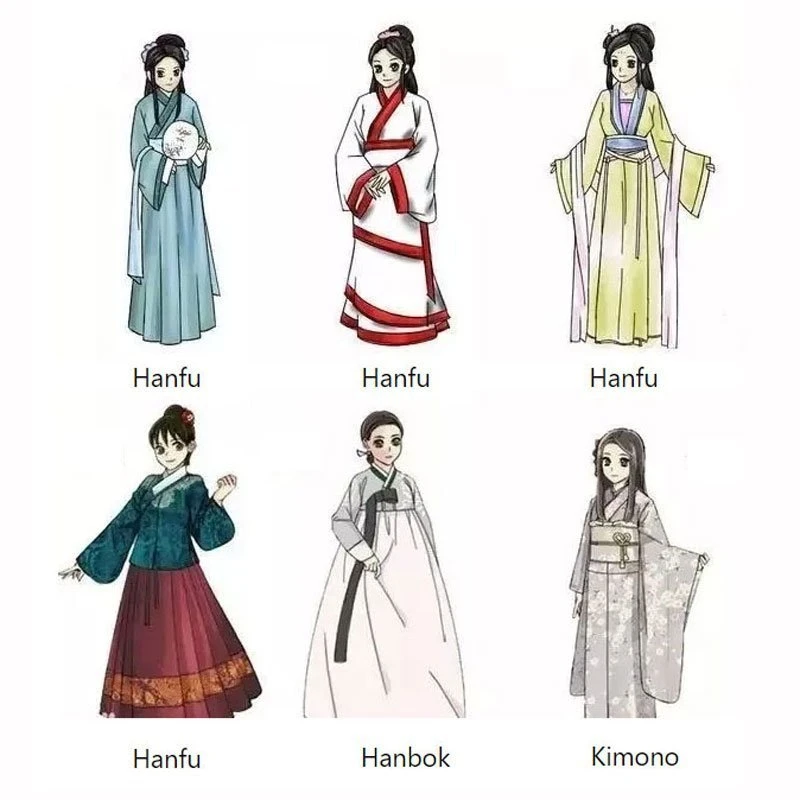A Journey Through Hanbok, Hanfu, and Kimono Styles
The world of traditional Asian attire is a rich tapestry of cultural heritage, where the hanbok, hanfu, and kimono stand out as iconic symbols of Korea, China, and Japan respectively. Each of these garments carries a unique history and embodies the elegance of their respective cultures. As we delve into this journey, we’ll explore the distinctive characteristics of each, their historical significance, and the modern-day revival of these timeless styles.

Evolution of the Hanbok
The hanbok is a traditional Korean garment that has evolved over centuries. Its design is characterized by vibrant colors and intricate patterns, reflecting a deep sense of aesthetics and cultural pride. The hanbok is more than a garment; it is a canvas that tells stories of Korean history and societal values. As stated by a renowned Korean fashion historian, “The hanbok is a living testament to Korea’s resilience and adaptability, as it has adapted to changing times while preserving its essence.”

The Splendor of Hanfu
Hanfu, the traditional attire of the Han Chinese, is a symbol of ancient Chinese civilization. Its flowing silhouettes and sophisticated embroidery are a testament to the rich craftsmanship and artistic vision of the era. The hanfu has made a significant comeback in modern China, with many young people embracing this ancient fashion as a form of cultural identity and pride. As a popular Chinese designer once remarked, “The hanfu is not just a garment; it’s a bridge to our past, connecting us to our ancestors and their wisdom.”

Grace of the Kimono
The kimono is the epitome of Japanese elegance and refinement. Its design, with its wide sleeves and long, flowing lines, is a masterpiece of simplicity and sophistication. The kimono is more than a fashion statement; it is a cultural art form that has been perfected over centuries. As a Japanese cultural expert explains, “The kimono is a reflection of Japan’s attention to detail and dedication to beauty in everyday life.”

The resurgence of interest in traditional attire like the hanbok, hanfu, and kimono is not just a passing trend. It is a renaissance of cultural appreciation and a celebration of heritage. Each of these garments is a living piece of art that continues to inspire and captivate people around the world. As we continue to explore and appreciate these styles, we are not only honoring the past but also enriching our present and future.







